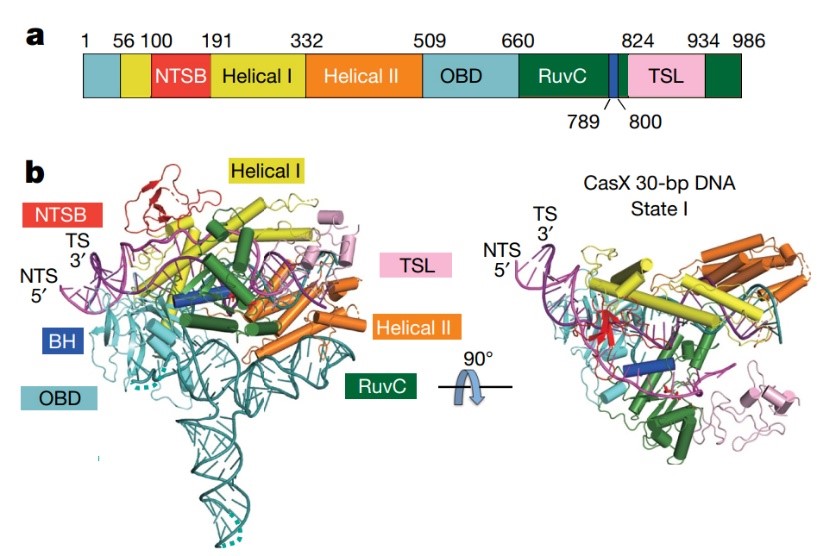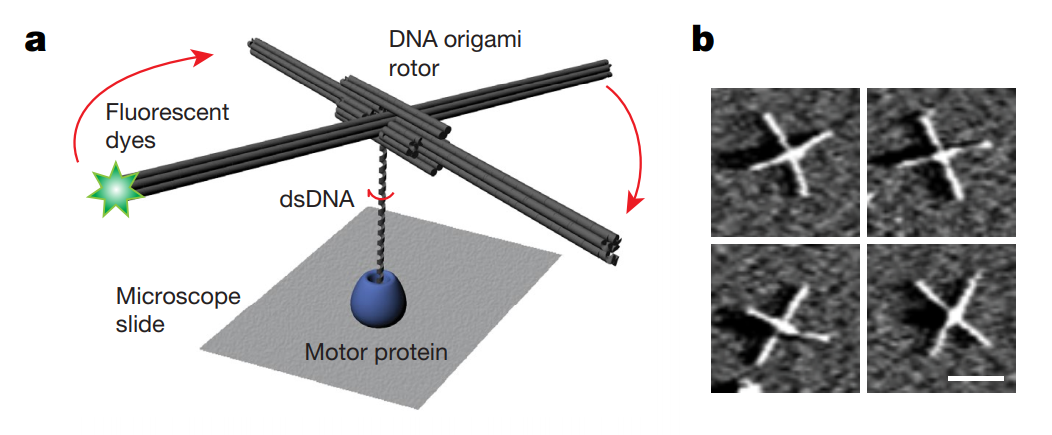2019 Highlights: What are the breakthroughs published in Nature?
At the beginning of 2020, we look back to 2019 and sort out a collection of groundbreaking research published in Cell, Nature, and Science, hoping that the articles can help you stay connected with the latest research in molecular biology, gene editing technology, cell therapy, and immunology.


[1] Loss of ADAR1 in tumours overcomes resistance to immune checkpoint blockade
Highlights: Effective immunotherapy with checkpoint blockade is assumed to require recognition of tumour cells by cytotoxic CD8+ T cells, but this study shows that loss of function of ADAR1 restores sensitivity to immunotherapy in tumours with a B2m deletion. This suggests that recognition of tumours by CD8+ T cells is not an obligate part of an effective immune response against cancer cells. This finding suggests a strategy for effective immunotherapy even in the absence of a tumour-specific endogenous CD8+ T-cell response.
Most patients with cancer either do not respond to immune checkpoint blockade or develop resistance to it, often because of acquired mutations that impair antigen presentation. In this study, the researchers show that loss of function of the RNA-editing enzyme ADAR1 in tumour cells profoundly sensitizes tumours to immunotherapy and overcomes resistance to checkpoint blockade. In the absence of ADAR1, A-to-I editing of interferon-inducible RNA species is reduced, leading to double stranded RNA ligand sensing by PKR and MDA5; this results in growth inhibition and tumour inflammation, respectively. Loss of ADAR1 overcomes resistance to PD-1 checkpoint blockade caused by inactivation of antigen presentation by tumour cells. Thus, effective anti-tumour immunity is constrained by inhibitory checkpoints such as ADAR1 that limit the sensing of innate ligands. The induction of sufficient inflammation in tumours that are sensitized to interferon can bypass the therapeutic requirement for CD8+ T cell recognition of cancer cells and may provide a general strategy to overcome immunotherapy resistance.
Reference: Ishizuka, Jeffrey J., et al. "Loss of ADAR1 in tumours overcomes resistance to immune checkpoint blockade." Nature 565.7737 (2019): 43.
[2] CasX enzymes comprise a distinct family of RNA-guided genome editors
Highlights: The compact size, dominant RNA content and minimal trans-cleavage activity of CasX differentiate this enzyme family from Cas9 and Cas12a, and provide opportunities for therapeutic delivery and safety that may offer important advantages relative to existing genome-editing technologies.
In this study, the researchers from University of California, Berkeley, reveal the underlying mechanisms of a third, fundamentally distinct RNA-guided genome-editing platform named CRISPR–CasX, which uses unique structures for programmable double-stranded DNA binding and cleavage. Biochemical and in vivo data demonstrate that CasX is active for Escherichia coli and human genome modification. Eight cryo-electron microscopy structures of CasX in different states of assembly with its guide RNA and double-stranded DNA substrates reveal an extensive RNA scaffold and a domain required for DNA unwinding. The data demonstrate how CasX activity arose through convergent evolution to establish an enzyme family that is functionally separate from both Cas9 and Cas12a.
Reference: Liu, Jun-Jie, et al. "CRISPR-CasX is an RNA-dominated enzyme active for human genome editing." Nature 566.7743 (2019): 218.
[3] A new genomic blueprint of the human gut microbiota
Highlights: The researchers identify 1,952 uncultured candidate bacterial species by reconstructing 92,143 metagenome-assembled genomes from 11,850 human gut microbiomes. The work expands the known diversity of uncultured gut bacteria, which provides unprecedented resolution for taxonomic and functional characterization of the intestinal microbiota.
The composition of the human gut microbiota is linked to health and disease, the complete bacterial repertoire of the human gut microbiota remains undefined. In this study, the researchers identify 1,952 uncultured candidate bacterial species by reconstructing 92,143 metagenome-assembled genomes from 11,850 human gut microbiomes. These uncultured genomes substantially expand the known species repertoire of the collective human gut microbiota, with a 281% increase in phylogenetic diversity. Although the newly identified species are less prevalent in well-studied populations compared to reference isolate genomes, they improve classification of understudied African and South American samples by more than 200%. These candidate species encode hundreds of newly identified biosynthetic gene clusters and possess a distinctive functional capacity that might explain their elusive Nature. Their work expands the known diversity of uncultured gut bacteria, which provides unprecedented resolution for taxonomic and functional characterization of the intestinal microbiota.
Reference: Almeida, Alexandre, et al. "A new genomic blueprint of the human gut microbiota." Nature 568.7753 (2019): 499.

